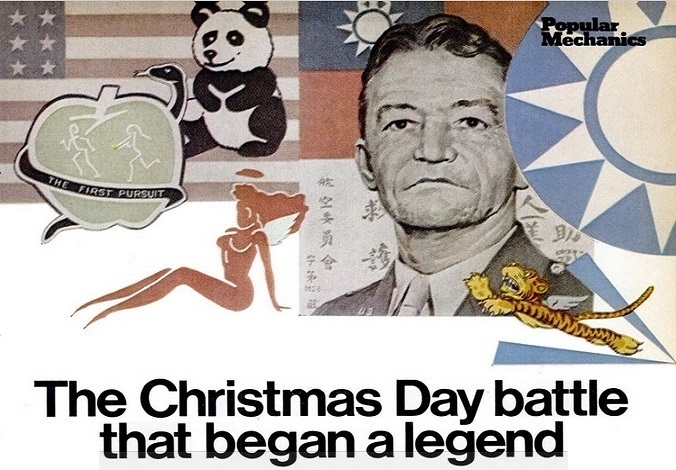

|
|
Though in action just six months, the famous Flying Tigers racked up an incredible record against the militarily superior Japanese in one of the most heroic sagas in aviation history. by Roy Grinnell |
|
|
|
|

| (Editor's note: Former Tiger Robert T. Smith, from whom much of the information for this article was obtained, is preparing a book, tentatively titled Tale of a Tiger, to be published soon. It will be the first book about the Flying Tigers written by an actual member of the group.) |
